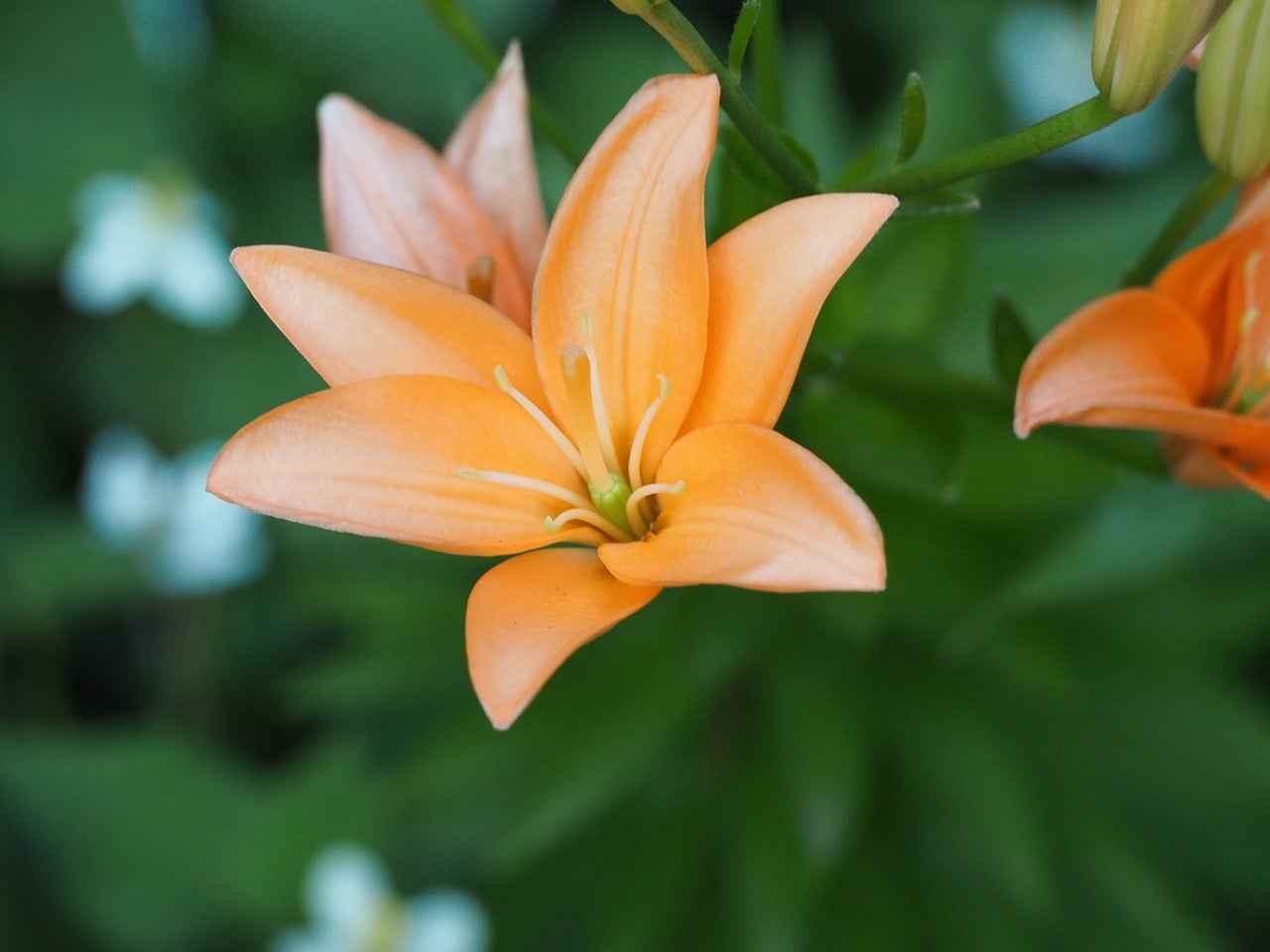
In the world there are so many plants that, in order to better understand their evolution and to be able to study them in a simpler way, what was done was to classify them into botanical families. Within each of these groups or families are included plant species that share basic characteristics, such as type of leaf and flower, habitat in which they develop, and so on. One of the most elegant is the one known as Liliaceae.
That name may remind you of another, of the lilies (Lilium), and with good reason. In fact, these bulbous plants are part of the family. But they are not the only ones. Know them.
What are the characteristics of the Liliaceae?

It is a series of herbaceous plants, often bulbous or, more rarely, rhizomatous, which they usually produce large flowers of showy colors, composed of six petals, six stamens and one ovary grouped in terminal inflorescences. The leaves are spiral or whorled, with an alternate arrangement, simple and with parallel veins.
The fruits are capsules, or rarely berries. Inside they contain flat, disk-shaped or globose seeds. However, in cultivation they only reproduce sexually (using their seeds) when looking to create new hybrids, or when you want to gain experience caring for a lily from the beginning.
Reproduction
Bulbous plants produce ‘little bulbs’ after flowering. These, reaching a size of at least 1-2 centimeters, can be separated from the mother plant (or to be more specific, from the ‘bulb-mother’) and planted in other pots or in other areas of the garden.
And in the event that what you want is to divide the rhizomatous, we proceed to extract them from the soil or containers in autumn or winter, provided that they are in full season of rest, clean the roots with a little water, and cut them ensuring that each piece has at least one growth point (a protrusion, through which the leaves will sprout).
Subfamilies of Liliaceae
Three have been identified:
- Lilioideae: they are mostly bulbous plants that have simple stems and leaves with parallel veins. The flowers are large and the fruit is a capsule with flat seeds. Examples: Lilium or Fritillaria.
- calochortoideae: They are plants with leaves whose nerves are arranged in a parallel way, and they produce large flowers without a style or with a very short one. The fruit is a capsule. Examples: Calochortus or Prosartes.
- Medeoloideae: it is a subfamily of plants that produce striated seeds formed by two genus: Clintonia and Medeola.
Where do they originate from?
Species of the Liliaceae families are native to the temperate regions of the northern hemispherebut they are much more abundant in Southwest Asia. They live in meadows, which each spring dress with beautiful flowers that will be pollinated by bees, butterflies, and other insects that feed on pollen or nectar.
5 examples of plants in the Liliaceae family
So you can see what these plants are like, here are some examples:
white lilies

It is known as lily or lily, is a bulbous native to Syria and Palestine. From its bulb sprouts a herbaceous stem with lanceolate and green leaves up to 1 meter high, and from its end flowers emerge every spring. These are whitehermaphrodites, and produce nectar. The fruit is a capsule with light brown seeds.
Imperial fritillaria

Known as the imperial crown, is a bulbous native to Iran, Afghanistan, Pakistan, Turkey, and the Himalayas. Its herbaceous stems reach a height of around 1 meter, and bright green lanceolate leaves emerge from them. The flowers appear in spring, in April-May in the northern hemisphere, and are red, yellow or orange.
gesnerian tulip

Image – Wikimedia Commons / Physics
It is called a garden tulip, and it is a species of bulbous plants native to Asia. Most cultivars of tulips that are sold come from crosses with this species. Wide leaves grow from its bulb, up to 3 centimeters long, with pointed ends and a very beautiful glossy dark green color. The flowers are large and of various colorsalthough red and yellow are more frequent.
prosartes hookeri

Image – Wikimedia Commons / Sten Porse
The prosartes hookeri It is a species of rhizomatous plant native to North America, specifically it is native to California. Its height does not exceed 20 centimeters, and it develops wide, oval green leaves. Its flowers are flared, white, and sprout in spring. The fruit is an orange or red berry about one centimeter wide.
Clintonia uniflora

Image – Flickr / brewbooks
The Clintonia uniflora is a species of rhizomatous plant native to western North America. It only develops 2-3 broad and very long leaves, dark green in color. Its flowers are white and small. The fruit is a round, bluish berry one centimeter wide.
What do you think about what you have learned about the Liliaceae? You have someone?
